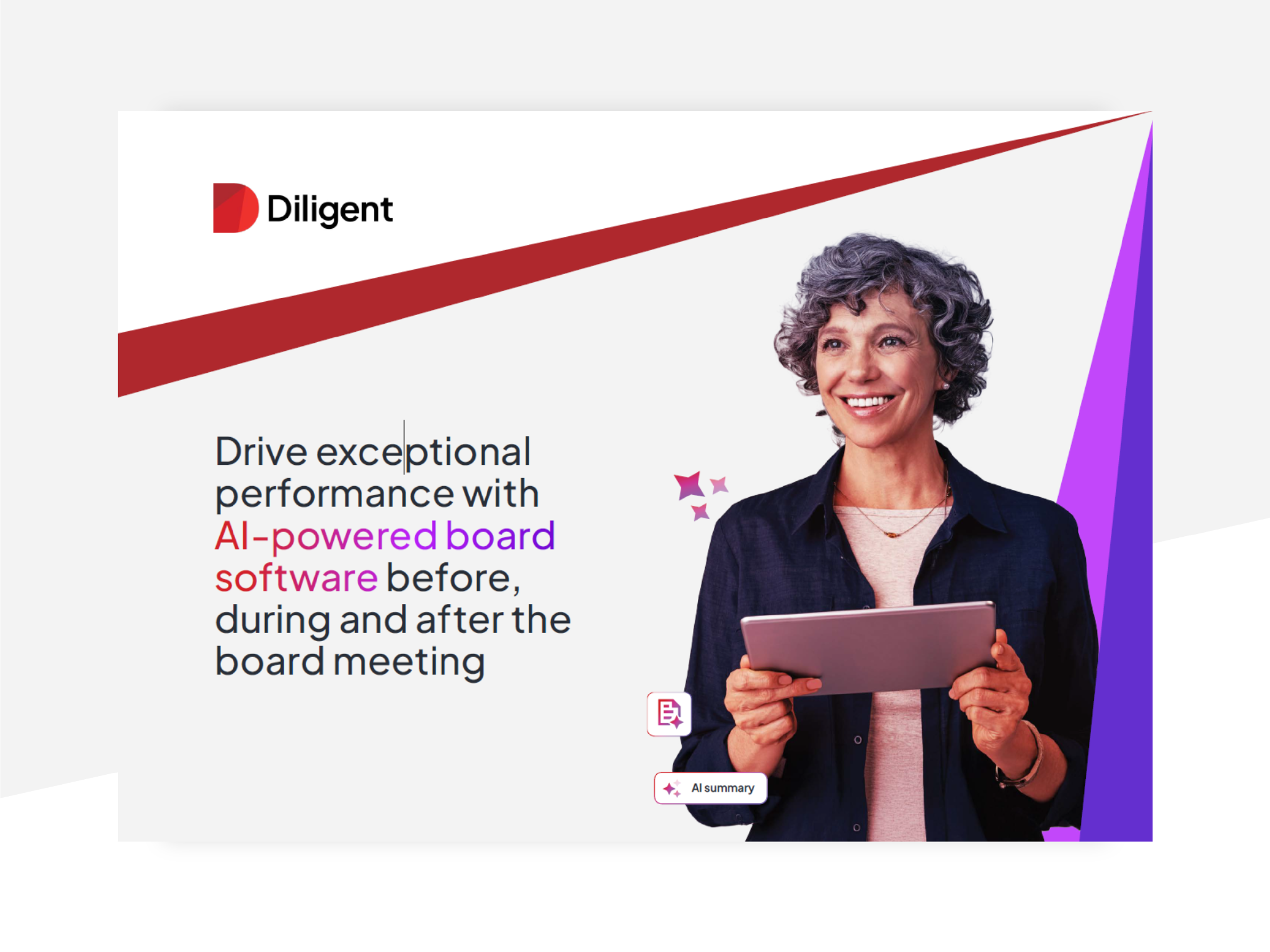Automation: Bringing efficiency, accuracy and ROI to financial reporting

It’s no secret that organizational leaders depend on financial reports and having up-to-date data at their fingertips — especially in a volatile landscape shaped by escalating tariffs, shifting regulations and economic uncertainty. Yet too many financial teams still operate in yesterday’s world of disparate data sources and manual processes — and that’s a problem for many reasons.
Entering, compiling and checking information, then distilling what it means in a digestible fashion, takes too much time, diverting them from supporting leadership more fully as a strategic advisor. Manual processes open up the risk of human error — definitely not what an organization needs during a time-sensitive investment decision, the pressure-packed weeks before a transaction or a pivotal investor, city council or school board meeting.
Meanwhile, disconnected workflows across multiple systems impede big-picture visibility of risk and opportunities alike. Security often falls by the wayside (especially when sensitive financial data is shared over email), leaving information exposed to the very threats organizations are trying to avoid.
Automation rises to the challenge on all of these fronts and more.
Given these challenges, Diligent’s own Chief Accounting Officer, Adam Ginsberg, saw the potential in Finance Reporting powered by NetSuite, an automated connection between essential ERP, professional services and human capital data from Oracle NetSuite and the Diligent One Platform, which surfaces it all as a visual dashboard in Diligent Boards.
Ginsberg and his team can deliver better operational and financial insights faster to board members, executives and investors. That fosters better governance by empowering leadership to make fully informed decisions. With Finance Reporting powered by NetSuite, he reported that his team saved 8-12 hours in financial reporting time each month.
Here’s how it works and how automation delivers multifaceted benefits to financial teams and the leaders they support:
3 proven ways automation streamlines financial reporting
1. Reduced manual labor
For organizations with multiple departments and divisions like Diligent, one request for financial data unleashes a host of time-consuming steps:
- Aggregating data across operations and subsidiaries
- Verifying it all for accuracy and recency
- Exporting these massive data sets into Excel for laborious manual analysis
- Finally, curating and contextualizing it all for leadership, board and investors
When these requests add up, and when they’re time-sensitive and mission-critical, the financial team feels the pressure and risks falling behind.
Automation streamlines this process from start to finish, bringing ease and confidence to reporting and freeing up time for more value-added work.
“We can focus on analysis and the why, and less about validating the information is complete and accurate,” says Ginsberg. “It saves us time and enables us to provide better and more timely insights to directors and the board.”
Control your financial reporting
Connect directly to NetSuite, visualizing essential ERP data within Diligent Boards to deliver better operational and financial insights to board members, executives and investors.
Find out more2. Clear and consistent insights
Automation-powered reporting tools can also help teams provide a clear and consistent view of financial performance and risk.
In the case of Finance Reporting powered by NetSuite, financial data, along with operational metrics from NetSuite applications, surface directly in reporting templates designed by industry experts based on governance best practices. Leadership and the board then get this information directly and consistently via Diligent Boards.
“I don’t have to repull the data every single time,” says Ginsberg. “We can focus more on the analysis and the explanation of what happened, and less about validating the information is consistent with the last report and deciding how to present what happened.”
These capabilities have helped his team report metrics to leadership more proactively, and leaders make more fully informed decisions. Ginsberg uses the metric of days sales outstanding (DSO) as one example, which many companies report on frequently internally and to their boards.
“Being able to manage and track DSO allowed us to measure the success of our policy changes and operating plans and ensure we hit our goals,” he says.
3. Enhanced data security
Finally, bringing data, workflows and collaboration together into one integrated platform strengthens security. With traditional manual processes, communication and data-sharing take place across too many channels, many of them insecure. Teams risk exposing data to bad actors, losing it along the way or letting errors creep in.
Tools like Finance Reporting powered by NetSuite tackle these challenges head-on. Leveraging automation and integration, they give financial reporting teams a secure channel for aggregating, storing and sharing data — with the board, trusted outside consultants, regulators, shareholders and beyond.
Harness the power of automation for your financial reporting
More time for value-added work. More capacity to meet reporting demands, with accuracy and consistency built in. Sharper decision-making and stronger security. Automated financial reporting is the investment that pays off organization-wide today and into the future.
Want to see more?
Download the case study to learn how the Diligent-NetSuite partnership improves efficiency, security and executive collaboration.
Keep exploring

Key steps for public boards for building financial confidence for oversight
School boards must actively engage in financial oversight, understand key financial statements, and foster an ethical culture to ensure sound budgeting and prevent fraud.

Achieve exceptional board performance
Elevate your board's impact. Discover how AI-powered board management enhances meeting performance, collaboration & strategic decision-making.

Empowering governance professionals with AI: Practical guidance for adoption
Practical guidance for governance professionals on adopting AI to enhance boardroom practices and decision-making.
